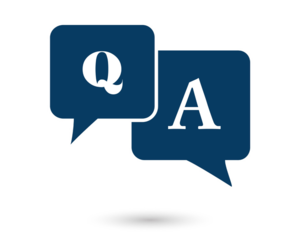“How do you treat spider veins?”
I'm 40 years old and I have spider veins all over my legs. How do you treat spider veins? Should I see a doctor?
6 Answers
PhlebologistSpiderVeins
The most common treatment of spider veins is sclerotherapy, or chemical injection into the veins to shut them down.
My preferred method to treat spider veins is injection sclerotherapy. Using a very tiny needle, the veins are injected under magnification. The injected medication irritates the inside of the vein wall and compression is applied. This causes the vein to seal up permanently. It is preferred to use a special light to help visualize the feeding veins underneath the skin surface which cannot be seen with the naked eye. Injecting those veins will result in a more durable treatment.
Other options, such as surface laser, do not address the feeding veins and therefore have a tendency to allow the spider veins to reappear within a relatively short period of time.
Other options, such as surface laser, do not address the feeding veins and therefore have a tendency to allow the spider veins to reappear within a relatively short period of time.
It is important to be evaluated by a specialist who can best advice you regarding the best treatment for your spider veins. After making sure that these are not a manifestation of an important medical condition they can be injected with sclerosis agents to make them disappear to the naked eye.
The most common methods for treating spider veins are laser and injection sclerotherapy. With laser treatment, the laser specifically targets the hemoglobin in these small, superficial blood vessels. The light of the laser needs to be focused on each millimeter of the "red" line on the skin where the spider appears. This light energy can feel like a rubber band "zapping" your skin multiple times. Laser treatment of spider veins can be performed with numbing medicine on the skin to make it less uncomfortable. It almost always takes multiple sessions of the same spider veins before they are completely gone so it can be rather expensive. There are few side effects when performed by an expert. Injection sclerotherapy uses a tiny needle (similar to that used to administer Botox) to deliver a medicine that "shuts down" the red vein. The medicine can fill an entire length of the spider vein so there may be fewer needles with sclerotherapy than laser "zaps." The medicine works to close the tiny vein down and it thus becomes a thread that is no longer filled with blood and no longer appears red or blue. Injection sclerotherapy usually takes multiple treatments of the same veins and causes some inflammation immediately afterwards that makes the veins look worse rather than better for a week or so. Injection sclerotherapy usually is less expensive than laser treatment. Contact your nearest vein specialist to review your options for treatment and their risks.
KathyLee Santangelo, MD
KathyLee Santangelo, MD







